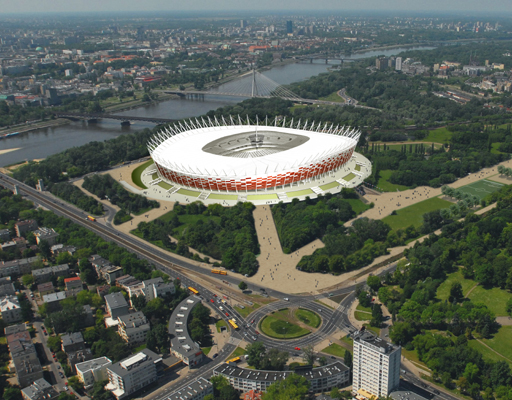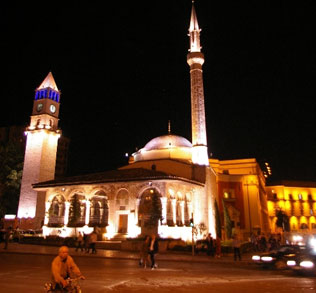profile no.2 / United Kingdom hosting city: MANCHESTER
Manchester is a city and metropolitan borough of Greater Manchester, England. In 2008, the population of the city was estimated to be 464,200, making it the seventh-most populous local authority district in England. Manchester lies within one of the UK's largest metropolitan areas; the metropolitan county of Greater Manchester had an estimated population of 2,562,200, the Greater Manchester Urban Area a population of 2,240,230, and the Larger Urban Zone around Manchester, the second-most-populous in the UK, had an estimated population in the 2004 Urban Audit of 2,539,100. The demonym of Manchester is Mancunian.
Manchester is situated in the south-central part of North West England, fringed by the Cheshire Plain to the south and the Pennines to the north and east. The recorded history of Manchester began with the civilian vicus associated with the Roman fort of Mamucium, which was established c. AD 79 on a sandstone bluff near the confluence of the rivers Medlock and Irwell. Historically, most of the city was a part of Lancashire, although areas south of the River Mersey were in Cheshire. Throughout the Middle Ages Manchester remained a manorial township, but began expanding "at an astonishing rate" around the turn of the 19th century as part of a process of unplanned urbanisation brought on by a boom in textile manufacture during the Industrial Revolution. The urbanisation of Manchester largely coincided with the Industrial Revolution and the Victorian era, resulting in it becoming the world's first industrialised city. As the result of an early-19th century factory building boom, Manchester was transformed from a township into a major mill town, borough and was later granted honorific city status in 1853.
Forming part of the English Core Cities Group, Manchester today is a centre of the arts, the media, higher education and commerce, factors all contributing to Manchester polling as the second city of the United Kingdom in 2002. In a poll of British business leaders published in 2006, Manchester was regarded as the best place in the UK to locate a business. A report commissioned by Manchester Partnership, published in 2007, showed Manchester to be the "fastest-growing city" economically. In the GaWC global city list, Manchester is ranked as a Gamma city. It is the third-most visited city in the United Kingdom by foreign visitors and the most visited in England outside London. Manchester was the host of the 2002 Commonwealth Games, and among its other sporting connections are its two Premier League football teams, Manchester United and Manchester City.
HISTORY MANCHESTER
Much of Manchester's history is concerned with textile manufacture during the Industrial Revolution. The great majority of cotton spinning took place in the towns of south Lancashire and north Cheshire, and Manchester was for a time the most productive centre of cotton processing, and later the world's largest marketplace for cotton goods. Manchester was dubbed "Cottonopolis" and "Warehouse City" during the Victorian era. In Australia, New Zealand and South Africa, the term "manchester" is still used for household linen: sheets, pillow cases, towels, etc.
Manchester began expanding "at an astonishing rate" around the turn of the 19th century as part of a process of unplanned urbanisation brought on by the Industrial Revolution. It developed a wide range of industries, so that by 1835 "Manchester was without challenge the first and greatest industrial city in the world." Engineering firms initially made machines for the cotton trade, but diversified into general manufacture. Similarly, the chemical industry started by producing bleaches and dyes, but expanded into other areas. Commerce was supported by financial service industries such as banking and insurance. Trade, and feeding the growing population, required a large transport and distribution infrastructure: the canal system was extended, and Manchester became one end of the world's first intercity passenger railway—the Liverpool and Manchester Railway. Competition between the various forms of transport kept costs down. In 1878 the GPO (the forerunner of British Telecom) provided its first telephones to a firm in Manchester.
The Manchester Ship Canal was built in 1894, in some sections by canalisation of the Rivers Irwell and Mersey, running 58 kilometres (36 mi) from Salford to Eastham Locks on the tidal Mersey. This enabled ocean going ships to sail right into the Port of Manchester. On the canal's banks, just outside the borough, the world's first industrial estate was created at Trafford Park. Large quantities of machinery, including cotton processing plant, were exported around the world.
A centre of capitalism, Manchester was once the scene of bread and labour riots, as well as calls for greater political recognition by the city's working and non-titled classes. One such riot ended with the Peterloo Massacre of 16 August 1819. The economic school of Manchester capitalism developed there, and Manchester was the center of the Anti-Corn Law League from 1838 onward.
GEOGRAPHY MANCHESTER

At 160 miles (257 km) northwest of London, Manchester lies in a bowl-shaped land area bordered to the north and east by the Pennine hills, a mountain chain that runs the length of northern England and to the south by the Cheshire Plain. The city centre is on the east bank of the River Irwell, near its confluences with the Rivers Medlock and Irk, and is relatively low-lying, being between 115 to 138 feet (35 and 42 m) above sea level. The River Mersey flows through the south of Manchester. Much of the inner city, especially in the south, is flat, offering extensive views from many highrise buildings in the city of the foothills and moors of the Pennines, which can often be capped with snow in the winter months. Manchester's geographic features were highly influential in its early development as the world's first industrial city. These features are its climate, its proximity to a seaport at Liverpool, the availability of water power from its rivers, and its nearby coal reserves.
Manchester experiences a temperate maritime climate, like much of the British Isles, with warm summers and cold winters. There is regular but generally light precipitation throughout the year. The city's average annual rainfall is 806.6 millimetres (31.76 in) compared to the UK average of 1,125.0 millimetres (44.29 in), and its mean rain days are 140.4 per annum, compared to the UK average of 154.4. Manchester however has a relatively high humidity level, which optimised the textile manufacturing (with low thread breakage) which took place there. Snowfalls are not common in the city, due to the urban warming effect. However, the Pennine and Rossendale Forest hills that surround the city to its east and north receive more snow and roads leading out of the city can be closed due to snow. notably the A62 road via Oldham and Standedge, the A57 (Snake Pass) towards Sheffield, and the M62 over Saddleworth Moor.
TRANSPORT MANCHESTER
Manchester and North West England are served by Manchester Airport. The airport is the busiest in terms of passenger traffic in the UK outside London, serving 21.06 million passengers in 2008. Airline service exists to many destinations in Europe, North America, the Caribbean, Africa, the Middle East and Asia (with more destinations from Manchester than from London Heathrow). A second runway was opened in 2001 and there have been continued terminal improvements. Passenger figures have been virtually static since 2005.
Manchester is well served by trains. In terms of passengers, Manchester Piccadilly was the busiest English railway station outside London in 2005 and 2006. Local operator Northern Rail and First Transpennine Express operates all over the north of England, and other national operators include East Midlands Trains and Virgin Trains. The Liverpool and Manchester Railway was the first passenger railway in the world. Greater Manchester has an extensive countywide railway network, and two mainline stations. Manchester city centre is also serviced by over a dozen rail-based park and ride sites. In October 2007, the government announced that a feasibility study had been ordered into increasing the capacity at Piccadilly station and turning Manchester into the rail hub of the north.
Manchester became the first city in the UK to acquire a modern light rail tram system when the Manchester Metrolink opened in 1992. The present system mostly runs on former commuter rail lines converted for light rail use, and crosses the city centre via on-street tram lines. The 23 mi (37 km)-network consists of three lines with 37 stations (including five on-street tram stops in the centre). An expansion programme is underway.
The city has one of the most extensive bus networks outside London with over 50 bus companies operating in the Greater Manchester region radiating from the city. Prior to the deregulation of 1986, SELNEC and later GMPTE operated all buses in Manchester. The bus system was then taken over by GM Buses which after privatisation was split into GM Buses North and GM Buses South and at a later date taken over by First Manchester and Stagecoach Manchester respectively. First Manchester also operates a three route zero-fare bus service called Metroshuttle which carries commuters around Manchester's business districts.
An extensive canal network remains from the Industrial Revolution, nowadays mainly used for leisure. The Manchester Ship Canal is open, but traffic to the upper reaches is light.
CULTURE MANCHESTER

Bands that have emerged from the Manchester music scene include The Smiths, the Buzzcocks, The Fall, Joy Division and its successor group New Order, Oasis and Doves. Manchester was credited as the main regional driving force behind indie bands of the 1980s including Happy Mondays, Inspiral Carpets, James, and The Stone Roses. These groups came from what became known as the "Madchester" scene that also centred around the Fac 51 Haçienda (also known as simply The Haçienda) developed by founder of Factory Records Tony Wilson. Although from southern England, The Chemical Brothers subsequently formed in Manchester. Ex-Stone Roses' frontman Ian Brown and ex-Smiths Morrissey continue successful solo careers. Other notable Manchester acts include Take That and Simply Red. Greater Manchester natives include A Guy Called Gerald, Richard Ashcroft of The Verve and Jay Kay of Jamiroquai. Older Manchester artists include the 1960s band's The Hollies, Herman's Hermits and the Bee Gees who, while commonly associated with Australia, grew up in Chorlton.
Manchester has a thriving theatre, opera and dance scene, and is home to a number of large performance venues, including the Manchester Opera House, which feature large-scale touring shows and West End productions; the Palace Theatre; the Royal Exchange Theatre in Manchester’s former cotton exchange; and the Lowry Centre, a touring venue in Salford which often hosts performances by Opera North.
Manchester's museums celebrate Manchester's Roman history, rich industrial heritage and its role in the industrial revolution, the textile industry, the Trade Union movement, women's suffrage and football. In the Castlefield district, a reconstructed part of the Roman fort of Mamucium is open to the public in Castlefield. The Museum of Science and Industry, housed in the former Liverpool Road railway station, has a large collection of steam locomotives, industrial machinery and aircraft. The Museum of Transport displays a collection of historic buses and trams. Salford Quays, a short distance from the city centre in the adjoining borough of Trafford, is home to the Imperial War Museum North. The Manchester Museum opened to the public in the 1880s, has notable Egyptology and natural history collections.
The municipally-owned Manchester Art Gallery on Mosley Street houses a permanent collection of European painting, and has one of Britain's most significant collections of Pre-Raphaelite paintings.
The night-time economy of Manchester has expanded significantly since about 1993, with investment from breweries in bars, public houses and clubs, along with active support from the local authorities. The more than 500 licensed premises in the city centre have a capacity to deal with over 250,000 visitors, with 110–130,000 people visiting on a typical weekend night. The night-time economy has a value of about £100 million pa and supports 12,000 jobs.
GAY MANCHESTER - CANAL STREET
Canal Street was built when the Rochdale Canal was made, with pubs built to service the users of the canal. By the 1960s, usage of the canal had greatly declined due to competition from other methods of transport and the collapse of the cotton industry in Northern England. To begin with this was mainly a lesbian-orientated area but as the years went by it gradually become a focus for gay men. The area along the canal was perfect for gay men to clandestinely meet as it was dark and unvisited, but was near to good transport links such as Oxford Road and Piccadilly railway stations.
This focus led to several of the pubs on or near Canal Street acquiring a predominantly gay clientele. In 1991 Manto (Manchester Today) bar opened. Unlike the other gay bars at that time, Manto had large glass windows, allowing the casual passer-by to view what was going on inside. Previously many establishments catering for the gay community were often keen to conceal activities from the general public, but the architectural design of Manto was seen as a queer visual statement "we're here, we're queer – get used to it". A brick-and-mortar refusal to hide any more, to remain underground and invisible.
Over the next decade, more and larger bars opened along the canal side, turning Canal Street into the centre of the most successful gay village in Europe. Because of this, the Canal Street street signs are regularly defaced to read "Anal Treet" or "Anal Street". The success was further enhanced by the use of Canal Street and its bars in several television series, including Bob and Rose and Queer as Folk, both written by Russell T Davies.
THE VENUE - MEN ARENA
The M.E.N. Arena is one of the world's busiest indoor arenas and concert venue.[1] The arena was built to coincide with Manchester's two bids to host the Olympic games in 1996 and 2000 (which were won by Atlanta in 1996 and Sydney in 2000).
The M.E.N. Arena was one of the first indoor venues in Europe to be built following the traditionally American sports arena layout of 360 degree seating, and is the only arena in the UK to have this feature (London's O2 Arena also has 360 degrees seating, but only on its lower tier, whereas the M.E.N. Arena features it on both tiers). Other European indoor venues built to the same concept include the Kölnarena in Cologne, Zagreb Arena in Zagreb, Spaladium Arena in Split, Belgrade Arena in Belgrade, O2 arena in Prague, Color Line Arena in Hamburg, and similarly The O2 arena in London.
The arena's seating capacity is one of Europe's most dynamic for an indoor venue. It is often chosen by touring acts because its design and layout makes the venue ideal for any type of performance. One day the arena could host an ice rink, the next day a concert, the next day a basketball match. The seating is split into an upper tier (bowl) and a lower tier, separated by 35 hospitality suites.
It plays host to many worldwide performing artists, including some of the biggest stars in the world of music, including, but not limited to Queen + Paul Rodgers, Aerosmith, McFly, Westlife, Paul McCartney, Celine Dion, Madonna, Rihanna, Kanye West, Andrea Bocelli, N.E.R.D, Pixie Lott, The Police, Whitney Houston, Gorillaz, Cher, The Rolling Stones, Roger Waters, David Bowie, Shakira, U2, Alice Cooper, Metallica, Slipknot, Sting, Red Hot Chili Peppers, Barbara Streisand, Elton John, Tom Jones, Nelly Furtado, Santana, Coldplay, Blur, Usher, Mariah Carey, Def Leppard, Bob Dylan, Britney Spears, Beyoncé, Lemar, New Kids on the Block, Lady Gaga, Stevie Wonder, Kylie Minogue, P!nk, Alicia Keys, Dolly Parton, Jennifer Lopez, Jay-Z, Ne-Yo, Pearl Jam, Andre Rieu, Foo Fighters, Kings of Leon, John Mayer, Bon Jovi, Backstreet Boys, Green Day, Cheryl Cole, Michael Bublé, Spice Girls, Shania Twain, Keri Hilson, Destiny's Child, Christina Aguilera, Gwen Stefani, Tina Turner, Mary J. Blige, Santogold, Miley Cyrus, Linkin Park, Bullet For My Valentine, Lily Allen, The Black Eyed Peas, Dizzee Rascal, Taylor Swift, Avril Lavigne, Robbie Williams, Take That, Genesis, Luciano Pavarotti, Leona Lewis, Cascada, JLS, Kid Cudi, Justin Timberlake & Guns N' Roses, among others.
The arena has a capacity of 23000 and is the largest in Europe.
VOTE POLAND AND UNITED KINGDOM FOR FSC EURO CUP HOSTS


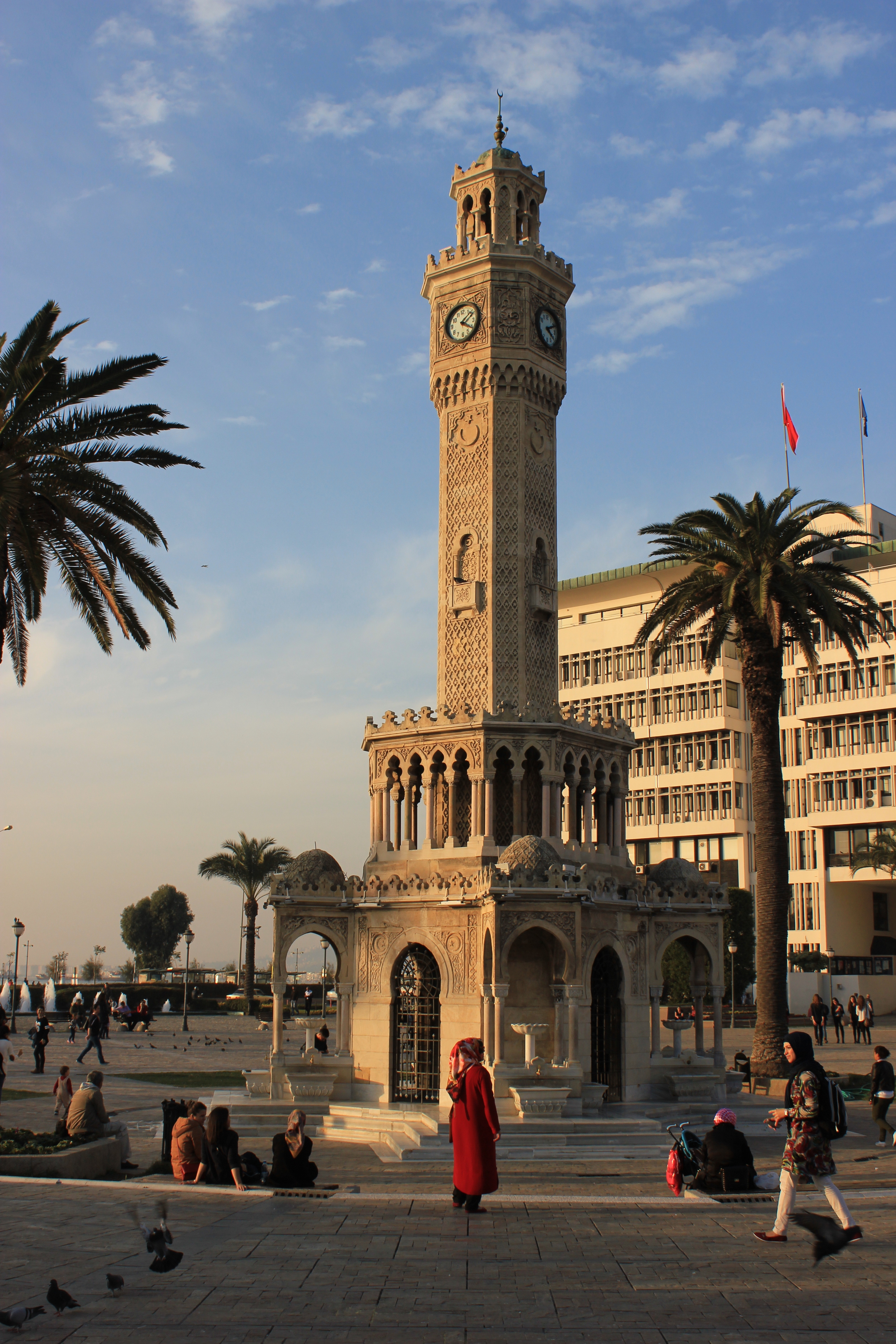


















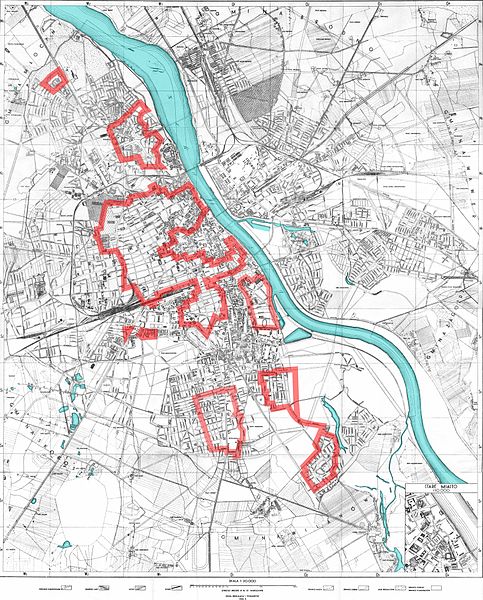





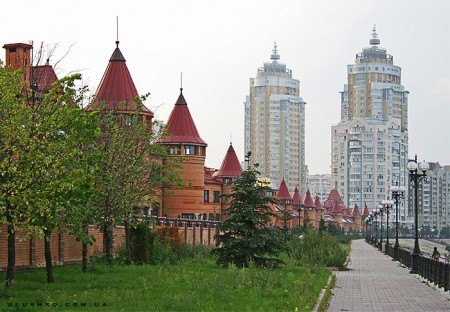

 )
)




